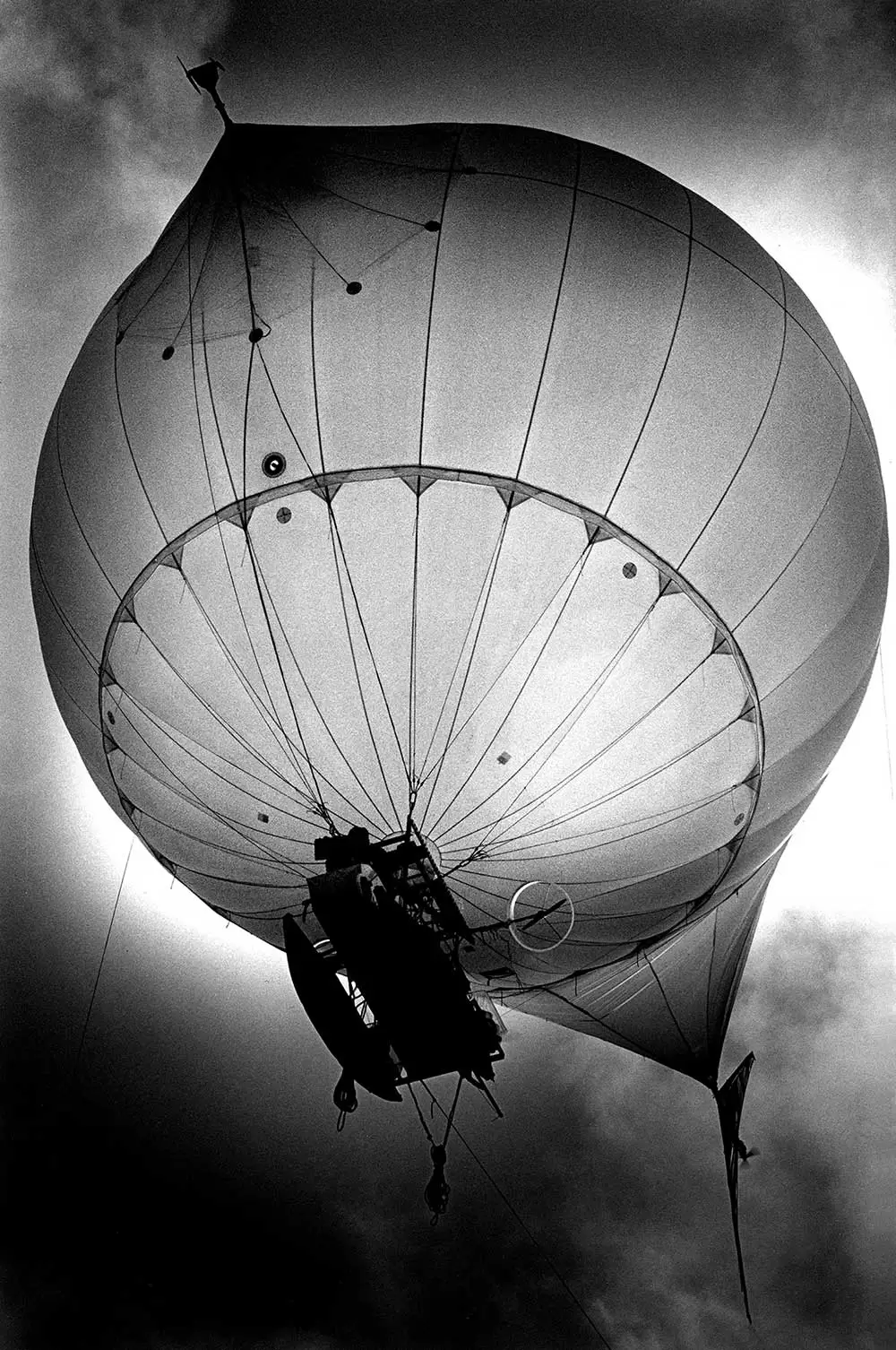An aeronautical engineer from Melbourne is part of a team searching for signs of life in the clouds of Venus.
The Venus Life Finder project, led by astronomer Professor Sara Seager from the Massachusetts Institute of Technology, includes the some of the world’s leading scientists and engineers in fields including astrobiology, aeronautics, chemistry and spacecraft design.
It follows the detection of phosphine gas in Venus’s clouds. On Earth, the gas is exclusively associated with anthropogenic and biological sources.
The project will analyse the technical challenges of an exploratory mission to Venus, should the evidence for life prove compelling. It is funded by Breakthrough Initiatives, which was launched by Yuri Milner and Stephen Hawking in 2015.
“The engineering problem I am working on is to develop, within Australia, a micro-sized instrument that could measure individual aerosol particle pH level,” Dr Graham Dorrington, senior lecturer at RMIT’s School of Engineering, told create.
“We know on Earth that extremophilic bacteria can survive in acidic cave ‘snottites’ with a pH as low as 0.1.
“Today, the surface of Venus is intolerably hot for life, but it’s possible that microbes could have evolved to survive in the thick cloud layer, at around 55 km altitude, where the temperature and pressure are like that at the Earth’s surface.
“If some fraction of the micron-sized cloud droplets of Venus have pH values greater than about 0.1, then it’s possible Earth-like bacteria could survive there. “
While substantial funding is needed to give Australian scientists and engineers the resources to develop an instrument that could compete against international prototypes, RMIT’s Micro Nano Research Facility could be utilised, Dorrington said.
Designing dirigibles
In addition to his interest in microbes and cloud moisture, Dorrington is also exploring the use of super-pressure balloons for probing the Venus cloud layers.
In 2010, as part of RMIT’s School of Aerospace, Mechanical and Manufacturing Engineering, the aeronautical engineer authored a paper that presented preliminary evidence for drizzle in the middle cloud layer of Venus.
A decade later, he recommended that, to acquire long duration in situ measurements of all three cloud layers, further investigation into the use of phase change balloons was needed.
“For short duration missions, descent probes offer the highest scientific payload mass fractions and lowest risk,” Dorrington said.
“It would be wonderful to be involved in engineering a balloon for the Venus Life Finder project that would carry a meteorological instrument and be capable of circumnavigation.”
It wouldn’t be Dorrington’s first foray into dirigible design. He previously designed and built an ultra-light, teardrop-shaped aircraft which he flew over the forest canopies of Guyana.
“I was fortunate to hold an Alexander von Humboldt Fellowship concerned with tropical rainforest canopy exploration,” he said.
“Tropical rain forest canopy is one of the most biodiverse biomes on Earth, and I remain convinced that aeronautical platforms not yet conceived can be developed to assist the safe exploration of this ‘high frontier’.”

Conquering the air
Born in the United Kingdom, Dorrington’s interest in engineering and aeronautics began at the age of seven, when he was inspired by a children’s book, the Valiant Book of Conquest of the Air.
“As well the great painted pictures of balloons, airships and high-speed aircraft, it included profiles of famous aeronautical engineers such as Barnes Wallis and Frank Whittle, who I briefly met at a conference 20 years later,” he said.
He has worked with organisations including the European Space Agency, British Aerospace (BAe) and Queen Mary University of London.
“After graduation, I had a short stint at BAe Space and Communications working on satellite propulsion systems,” he said.
“I then did a PhD followed by fellowship at [the European Space Agency’s European Space Research and Technology Centre] working on future reusable space launch systems.
“I think my most significant contribution from this period was a student conference paper proposing the development of reusable suborbital vehicles.
“Peter Diamandis (CEO of the Zero Gravity Corporation) was in the audience and went on to create the Ansari X-prize, which was won by Burt Rutan with Spaceship One.”
Future engineering challenges
Since emigrating to Australia in 2011, Dorrington has become interested in trying to find better solutions to aerial wildfire fighting.
He was also part of an RMIT team working on a mini radar to find water on the moon.
In a future, post-fossil-fuel burning world, Dorrington believes aeronautical engineering will need to supply sustainable solutions to permit significantly reduced net CO2 emission air transportation.
“This is one of the biggest challenges and we need the brightest and best young people to start working on this, since it may be several decades before we solve all the difficult technical problems,” he said.
But back to space exploration, he said much of the knowledge we now have of the solar system was obtained through the combined efforts of international space agencies, especially NASA.
“The recent formation of the Australian Space Agency will hopefully allow Australian scientists and engineers to better contribute to this international effort,” he added.
